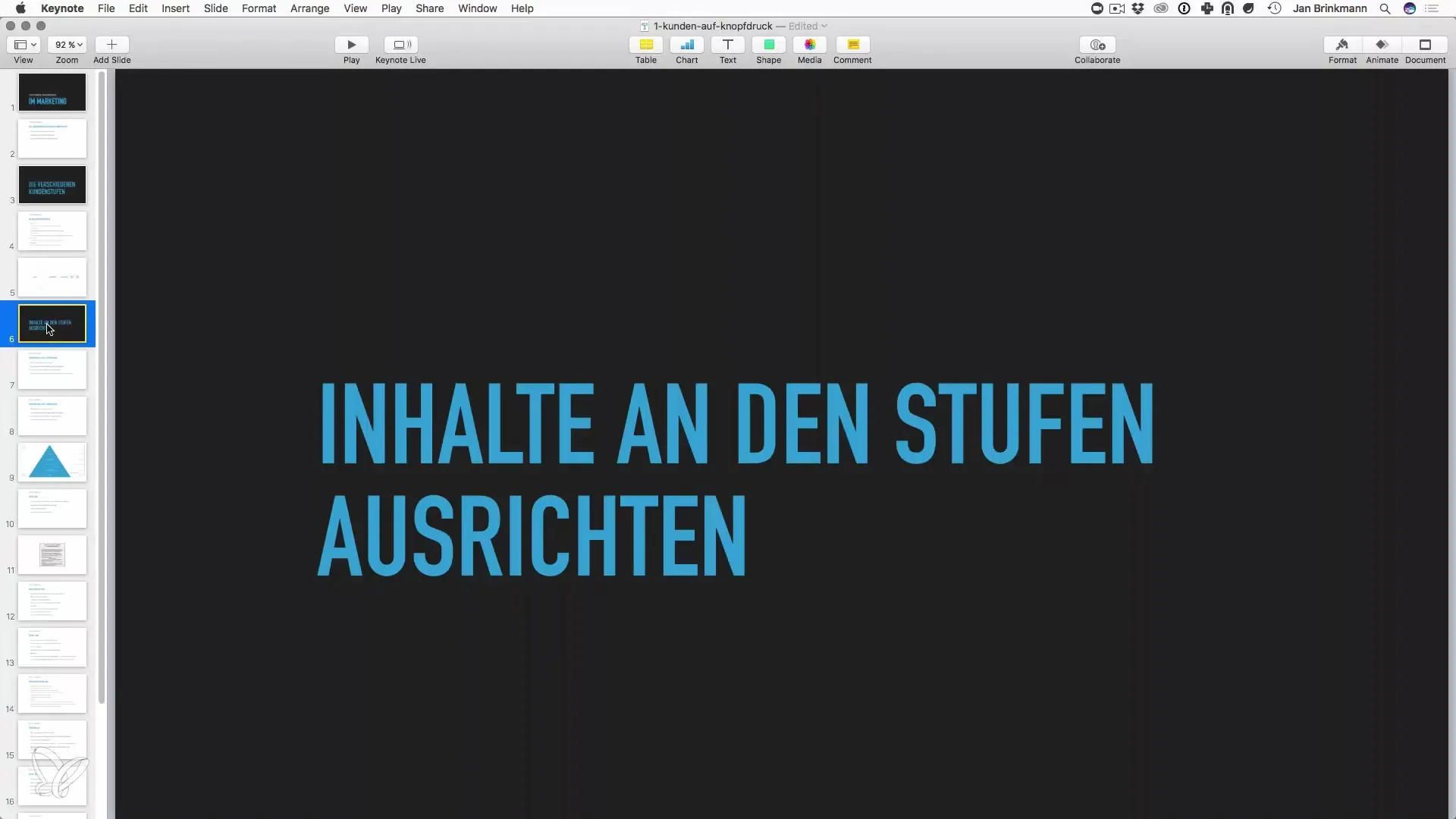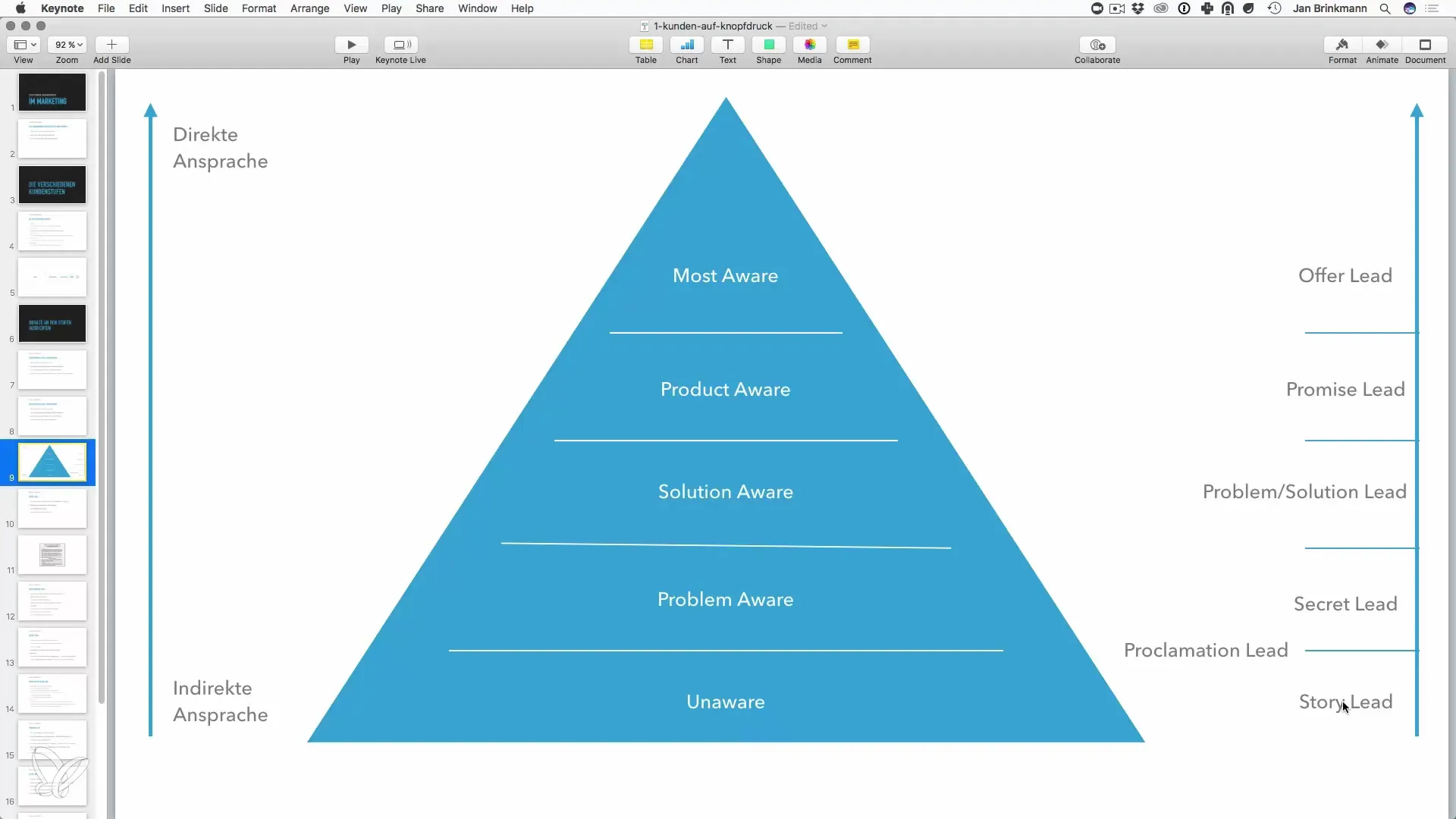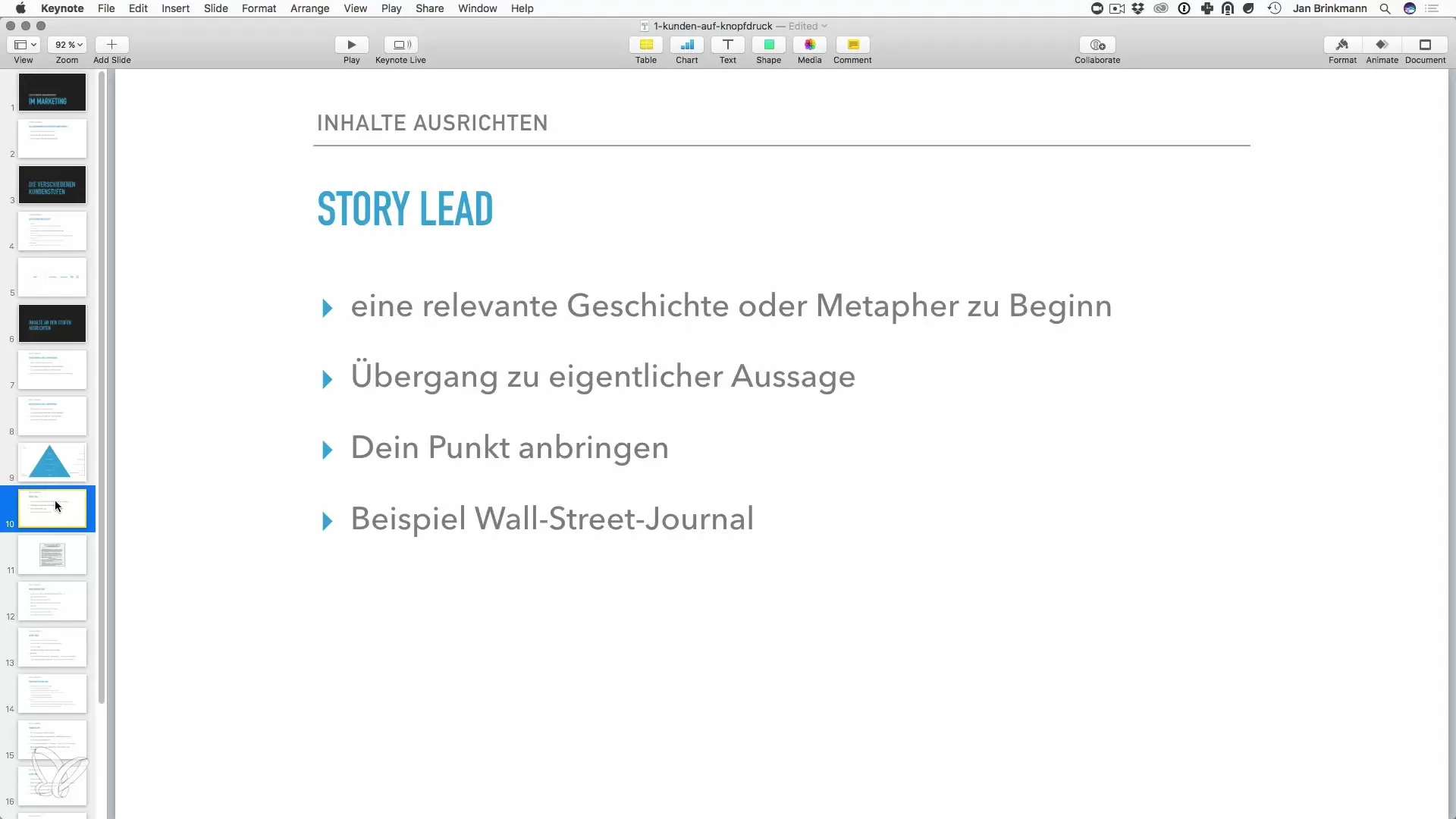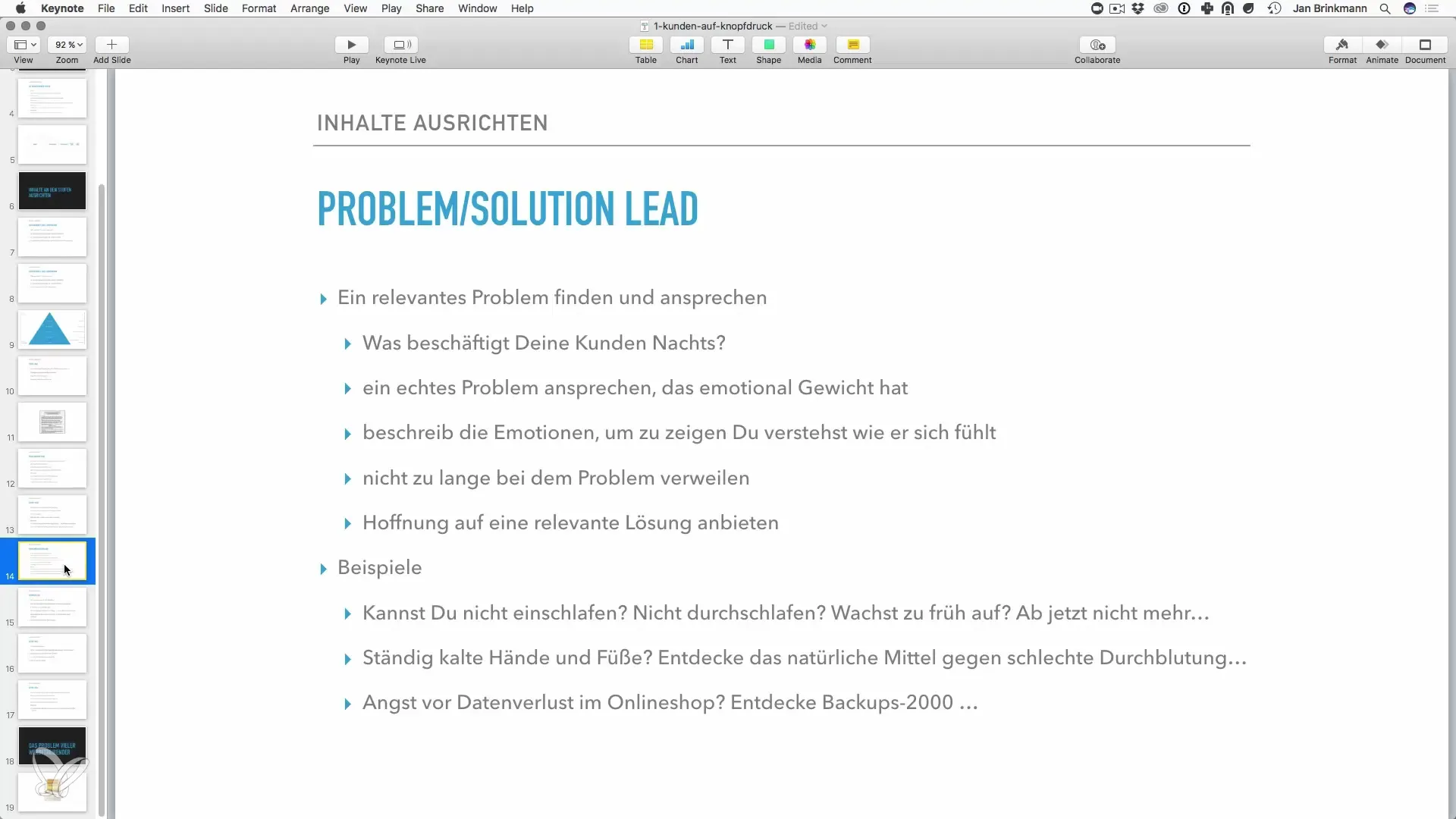Want to know how to effectively reach customers through digital channels like Facebook and Google AdWords? The key lies in the awareness of your target audience. In this comprehensive guide, you will learn how to understand and strategically use the different awareness levels of your potential customers. Let's dive deeper into the subject together and find out how you can craft your texts to resonate with every reader.
Main insights
- The less aware a customer is of their problem, the more indirectly you should address them.
- Higher awareness allows for more direct communication.
- Different types of texts can be used depending on the awareness level to capture the readers' interest.
Step-by-step guide
1. Understanding awareness levels
To successfully acquire customers, you need to understand the different awareness levels. These range from “unaware” to “most aware.”

The lowest level, "unawareness," means that the customer is not even aware of their problems. Here, an indirect approach is necessary, as clear sales messages are not the purpose. You need to pick up the customer at a point where they begin to question the relevance of your offering.
2. Indirect communication for unaware customers
When communicating with unaware customers, use stories or metaphors to spark interest. An example could be the image of a frog sitting in a cold pot of water, not noticing how the water is slowly heating up until it’s too late. This illustrates that changes are often gradual.

3. Using the Story Lead
A proven method is the Story Lead. In your introduction, you tell a story about someone who had an identical problem and ultimately found a solution. This creates an emotional connection with your reader.

4. Using the Proclamation Lead
The Proclamation Lead consists of a strong, emotional statement or announcement that clarifies your position right at the beginning of your text. For example: “Your online shop could be at risk without backups.” This immediately speaks to customers who are unaware of the dangers.
5. The role of emotions
Emotions play a crucial role in copywriting. When you address the fears and concerns of your readers, you build a connection. Show how your solution can help alleviate the emotional burden.

6. Effectively using the Problem Solution Lead
The Problem Solution Lead is a common and effective structure. Identify an acute problem of your target audience and then offer your solution. Let’s say you’re talking about recent data losses and end with a solution like “Use my backup solutions to avoid data loss.”
7. Promise Lead for informed customers
The Promise Lead is a powerful tool when your reader is already aware of your product but still needs to be convinced. You promise a benefit, like achieving a Hollywood smile in just three days, or “Your money back if you are not satisfied.”
8. The Offer Lead for closing
An Offer Lead is the moment of direct appeal when the customer is interested in making a purchase. It usually comes at the end of your sales text. Clearly state what the price of your product or service is and what exceptional benefits it brings. For example: “Professional WordPress development now in summer offer with 25% discount!”.
9. Strong Calls-to-Action
Don’t miss the opportunity to formulate a clear call to action. This is the crucial moment when your potential customers are prompted to take action. Be precise and direct: “Buy now!”.
Summary — Customer acquisition via Facebook and Google AdWords: Working with Awareness
Engaging potential customers requires a sensitive understanding of their awareness levels. From indirect approaches to using emotional stories to direct forms of address like the Offer Lead - every method has its place. Structure your communication in a way that optimally engages your target audience and encourages them to consider your solution.
Frequently Asked Questions
How important is customer awareness in communication?Customer awareness helps to tailor the approach to deliver the message at the right time.
What types of texts are suitable for unaware customers?Stories, metaphors, and emotional appeals are known to successfully address this group.
What is a Story Lead?A Story Lead involves telling a relevant story to build an emotional connection.
When should I use an Offer Lead?An Offer Lead is most effective when customers are already informed about your product and need to be convinced to buy it.
How do I formulate a strong Call-to-Action?Use precise and direct language that prompts the reader to take a specific action, like “Buy now!”.


